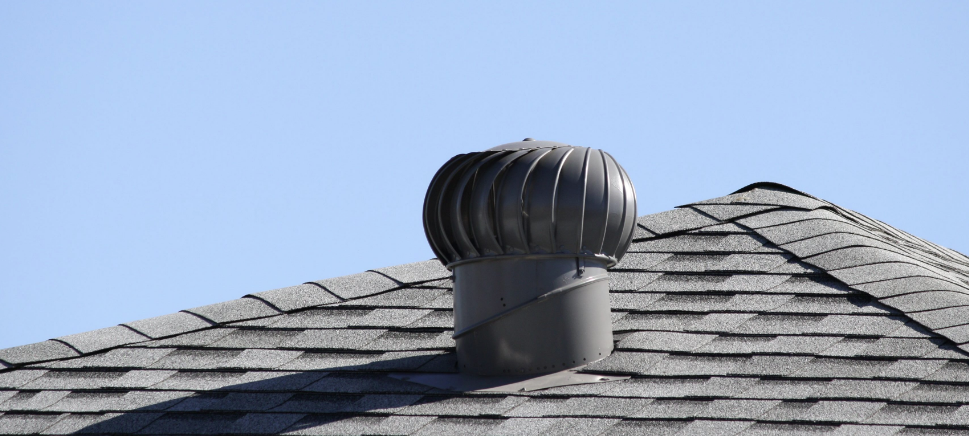It is amazing how many of the systems in your home you can simply take for granted, even if you have lived there for years. There are a variety of things which take place mostly ‘behind the scenes’ in your home, and those things are largely responsible for it being the comfortable, relaxing place that it is for you and your family.
Residential roofing ventilation is a great example of this concept. There is a good chance you have never before thought of roof ventilation, unless you had a specific problem with your roof that required you to address the ventilation system. With that said, proper roof ventilation is important for the overall functioning and well-being of your home.
Let’s take a look at the basics of how roof ventilation works in your home.
Natural or Mechanical
The two basic methods of creating airflow within an attic are mechanical or natural. As the names would indicate, natural air flow uses natural forces to circulate air effectively, while the mechanical option utilizes a power source to get the job done. It is generally preferred to use natural ventilation whenever possible. Fortunately, when designed and installed correctly, natural ventilation can work nicely in most homes.
When you utilize natural ventilation, you are taking advantage of the fact that hot air rises. The warm air in your attic is going to rise to the topic of the attic, creating higher pressure in those top sections. When there is cooler air at the bottom of the attic, and a pressure difference as a result, ventilation can take place.
It’s All About the Vents
When talking about natural ventilation, it is the vents which are key to the success of the system. Specifically, there are two types of vents to consider – exhaust vents and intake vents. Again, the names here say it all. Exhaust vents let the exhaust (warm air) escape the attic, and they are usually located at the ridges of your roof (and thus are known as ridge vents). Intake vents allow cool air to enter the attic, causing the warm air to move out the top of the roof through the exhaust vents.
If you don’t know what you are looking for, it can be hard to spot the vents on some roofs. Specifically, you may not notice the intake vents right away, since they tend to be tucked under the edge of the roof discreetly. In this way, intake vents are able to do their job nicely without detracting in any way from the visual appeal of the home.
It is important to understand that the ideal ventilation system for a given roof will depend on the specifics of the roof, the local climate, and other circumstances. This is not a case of one-size-fits-all, as homes are too varied to apply the same venting plan to each and every structure. We hope this quick look at roof ventilation has given you a new appreciation for one of the most important systems in your home.














